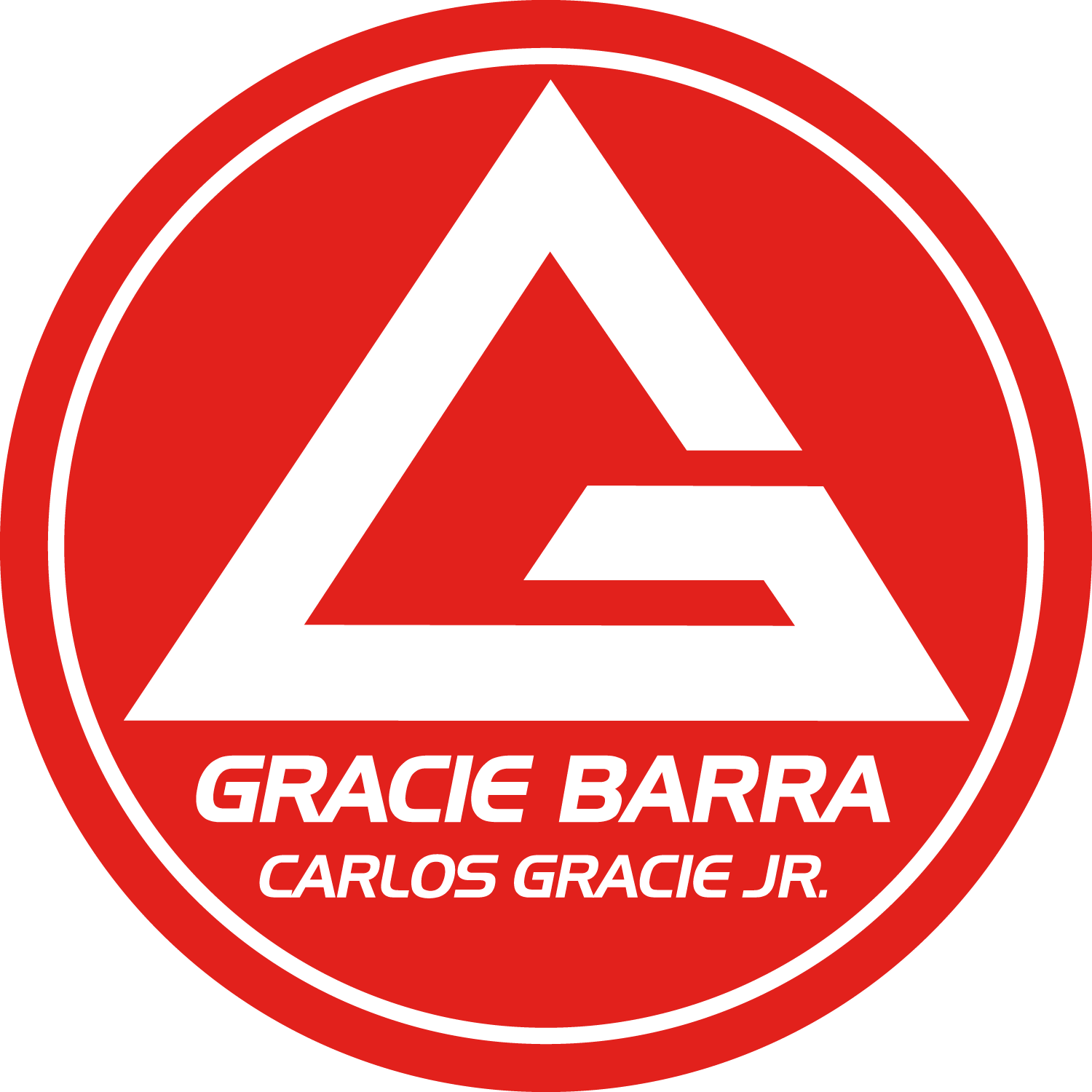What Makes Jiu Jitsu Different To Other Martial Arts?
Whether you’re choosing which martial art is right for you or you’re interested in broadening your skillset by learning additional combat sports, it’s important to understand what Jiu Jitsu offers against other popular martial arts such as Karate, Taekwondo, Judo and wrestling. There’s pros and cons to every martial art out there, but arming yourself with the knowledge of what makes them different will allow you to assess which are best suited to you and what you’re looking to achieve. Below, we examine some popular alternatives, and how they differ from Brazilian Jiu Jitsu…
Jiu Jitsu vs Karate
Many combat sports incorporate some form of striking and Karate is no exception. With a focus on hand strikes and kicks, Karate is certainly striking heavy, and the key difference is there is no striking involved in Brazilian Jiu Jitsu.
Whilst Karate utilises a strike-based points system with competitors standing, Jiu Jitsu is well known as a ground fighting combat sport, utilising takedowns, wrestling and submissions rather than strikes to win contests.
Jiu Jitsu vs Taekwondo
Much like Karate, Taekwondo incorporates striking with an emphasis on fast paced kicks. Again, participants are stood whilst Jiu Jitsu ‘rolls’, following a takedown to the ground, are largely ground based. Taekwondo is excellent at developing fast paced strikes, whilst Jiu Jitsu instead centres around gaining dominant positions, chokes, and joint locks to achieve points and submissions.
Jiu Jitsu vs Boxing
Boxing is and most likely always will be a high profile, highly popular combat sport, combining excellent footwork and movement with striking to deliver an effective form of self defence and fitness. The differences between boxing and Jiu Jitsu are vast.
Whilst boxing is entirely standing and strike based, Jiu Jitsu is ground based with no strikes taking place. That being said, many Jiu Jitsu schools (including Gracie Barra Harrogate) do cover strike self-defence comprehensively in fundamental programmes to ensure members get a well-rounded martial art education, and are equipped with handling strikes in self defence situations.
Jiu Jitsu vs Thai Boxing
Much like boxing, Thai Boxing is largely standing and striking based, whilst, as discussed, Jiu Jitsu is centred around grappling. A similarity here is that both sports incorporate takedowns, with Thai Boxers utilising foot sweeps alongside their standing clinch work. Both sports are excellent for fitness and cardiovascular capacity, however they focus on different principles of combat to achieve their respective results.
Jiu Jitsu vs Judo
The martial art with the biggest cross over to Jiu Jitsu is Judo. They are effectively the same sport with a different points system and objectives.
Whilst they share the same techniques, Jiu Jitsu matches are significantly more ground based than Judo counterparts. If you’ve trained Jiu Jitsu for some time, you’ve most likely spent time in class working through Judo-based takedowns which will prove to be critical in contests, and if successful, will bag you 2 points in your match. For more detail, check out this handy guide for some more of the key differences between the two sports on the Gracie Barra website here.
Jiu Jitsu vs Wrestling
Another crossover comes in the form of wrestling. Much like Judo throws, Jiu Jitsu players will drill wrestling techniques to achieve takedowns. The key difference here is wrestling looks to achieve pins, whilst Jiu Jitsu looks for submissions from both top and bottom position. Wrestling utilises explosive power and strength, whilst Jiu Jitsu does offer some level of flexibility between two participants on this front, allowing smaller players to overpower stronger ones.
In our opinion, Jiu Jitsu is a fantastic option for a combat sport due to its versatility from both a self defence and sport perspective. Taking an opponent down, even if they’re bigger and strong than you, and controlling them by restricting their movement has obvious self defence benefits. As well as this, the comprehensive strike defences and situational awareness principles that are woven into fundamental Jiu Jitsu courses ensures participants are better prepared for potentially dangerous situations.
If you’re looking for a well-rounded martial art skillset, and maybe even competing in MMA in the future, Jiu Jitsu will undoubtedly be an essential component to your training.
Regardless of the martial art or combat sport you decide to do, you’ll find yourself joining a friendly community of people looking to achieve a common goal. They’re a great way of developing both strength and conditioning capacity, and although we’re a little biased, we’re confident you won’t regret your decision to get started!
Interested in trying Brazilian Jiu Jitsu? Why not pop in for a free trial class? Get in touch today to get started.




